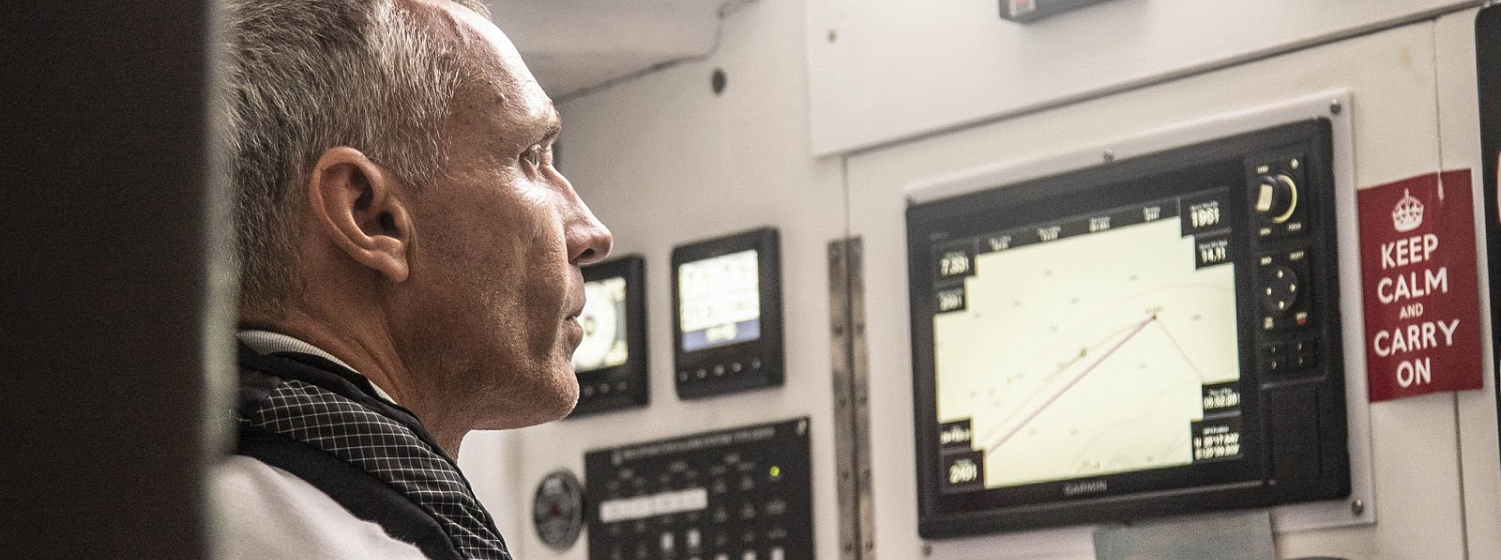Navigating the nerve centre of a Clipper 70
04 January 2021
If you care to venture down below deck on a state-of-the-art Clipper 70 racing yacht, follow the narrow corridor aft to either port or starboard. You will come to a small, compact area, almost at the stern, measuring approximately three metres across by two metres deep. Take a seat and you will be right in the central nervous system of the yacht – the navigation area or simply the “nav station”. To the untrained eye, it looks sparse and matter of fact, but to the crew on board this is where the magic happens. This area is similar in function to the bridge of a large ocean-going cruise liner or ship, although by appearance, is more akin to the inside of the command module of the Apollo 13 lunar rocket.
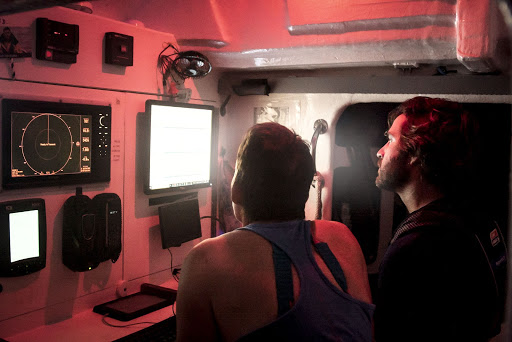
The nav station houses all the necessary instruments, electronics and systems needed to safely navigate the vessel in this modern world. Apart from all of the advanced technology available today, the yachts still carry hard copies of paper charts used to navigate around the world and these charts remain fundamentally unchanged since the early days of navigation dating back to Captain James Cook and many years before. ChartCo supports the eleven strong fleet of Clipper 70s with these global paper charts, as well as the piloting books and technical publications, alongside experienced compliance services.
1.jpg)
A sextant is also carried on board along with all of the relevant publications to be able to navigate celestially just like the explorers and adventurers of days gone by, should the electronics and systems decide that they no longer wish to participate.
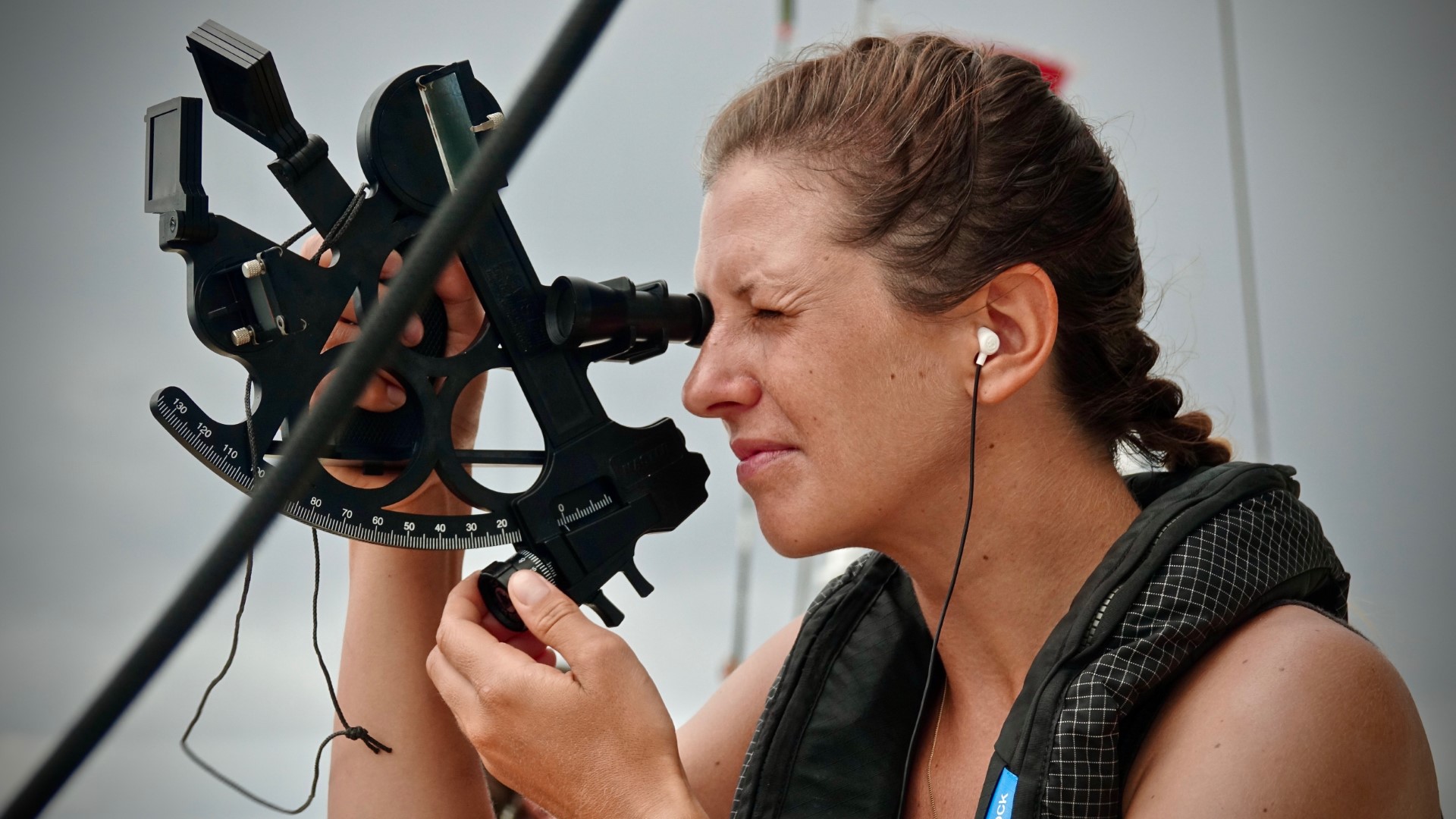
Good communications are vital not only for safety and navigation purposes, but also to be able to stay in contact with the Clipper Race management team and to measure the yachts’ performance against competitors by receiving regular positional updates throughout the entire Clipper Race.
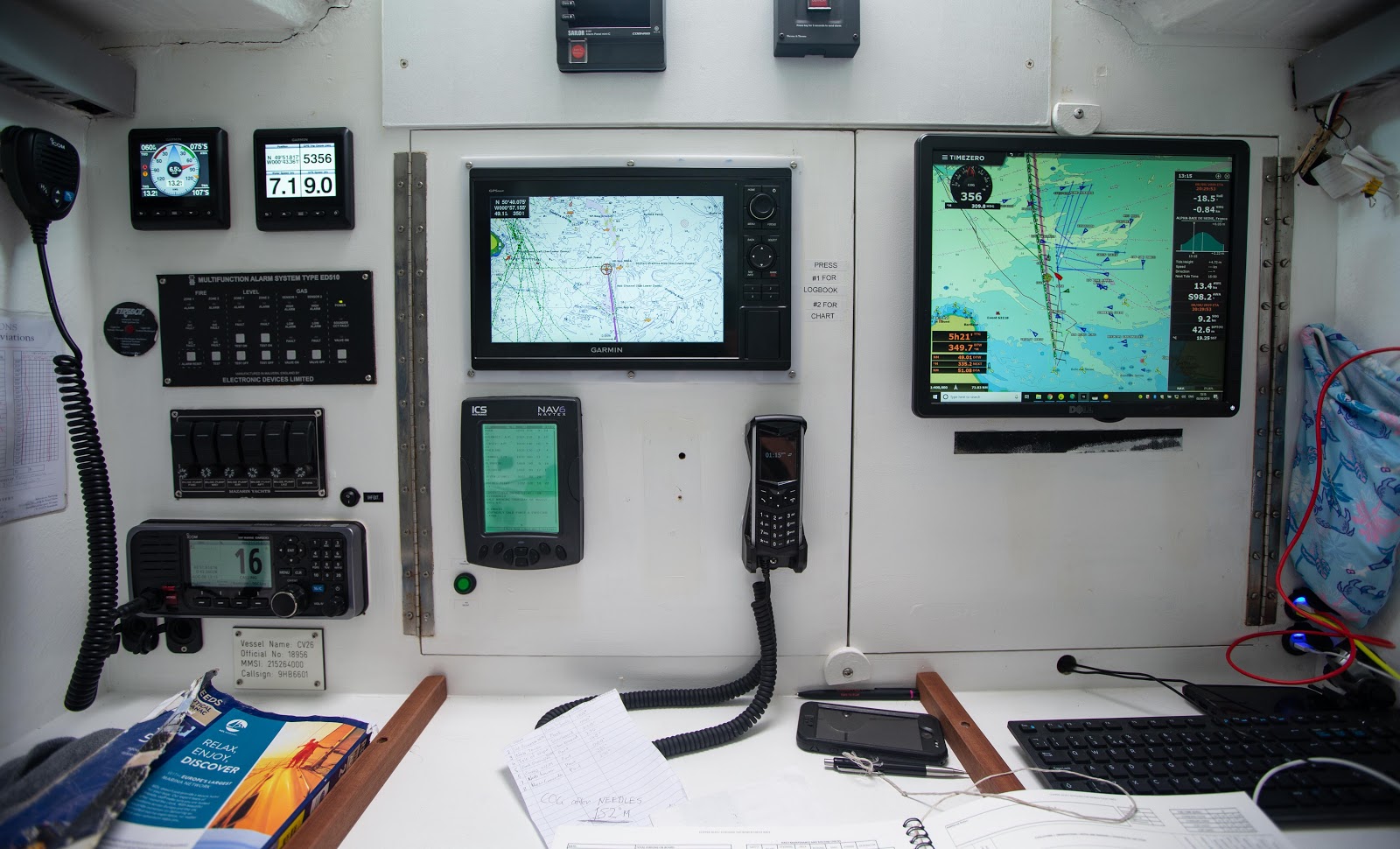
There is an array of different systems which allow the Skipper and crew to maintain vital links to the outside world from the middle of the world’s oceans. Two satellite phone systems (Inmarsat and Iridium) are installed which allow voice and email communications capable of sending back images, videos and other files. The Clipper Race works with Official Supplier, AST, a global provider of end-to-end satellite communications solutions. AST provides the fleet with a bespoke voice and data services solution to meet the ever-growing operational and media demands of the race, and also supplies the 700 crew members taking part with onboard communication services.
All crew have access and capability to stay in touch with family and friends whilst racing and sailing the high seas. There is also a back-up text-based email system called “Sat C” which also allows weather reports to be received as well as basic text emails to be sent and received, if all else fails. Add to this a VHF Radio to allow close contact communications with other vessels or on shore operations and the comms package is complete.
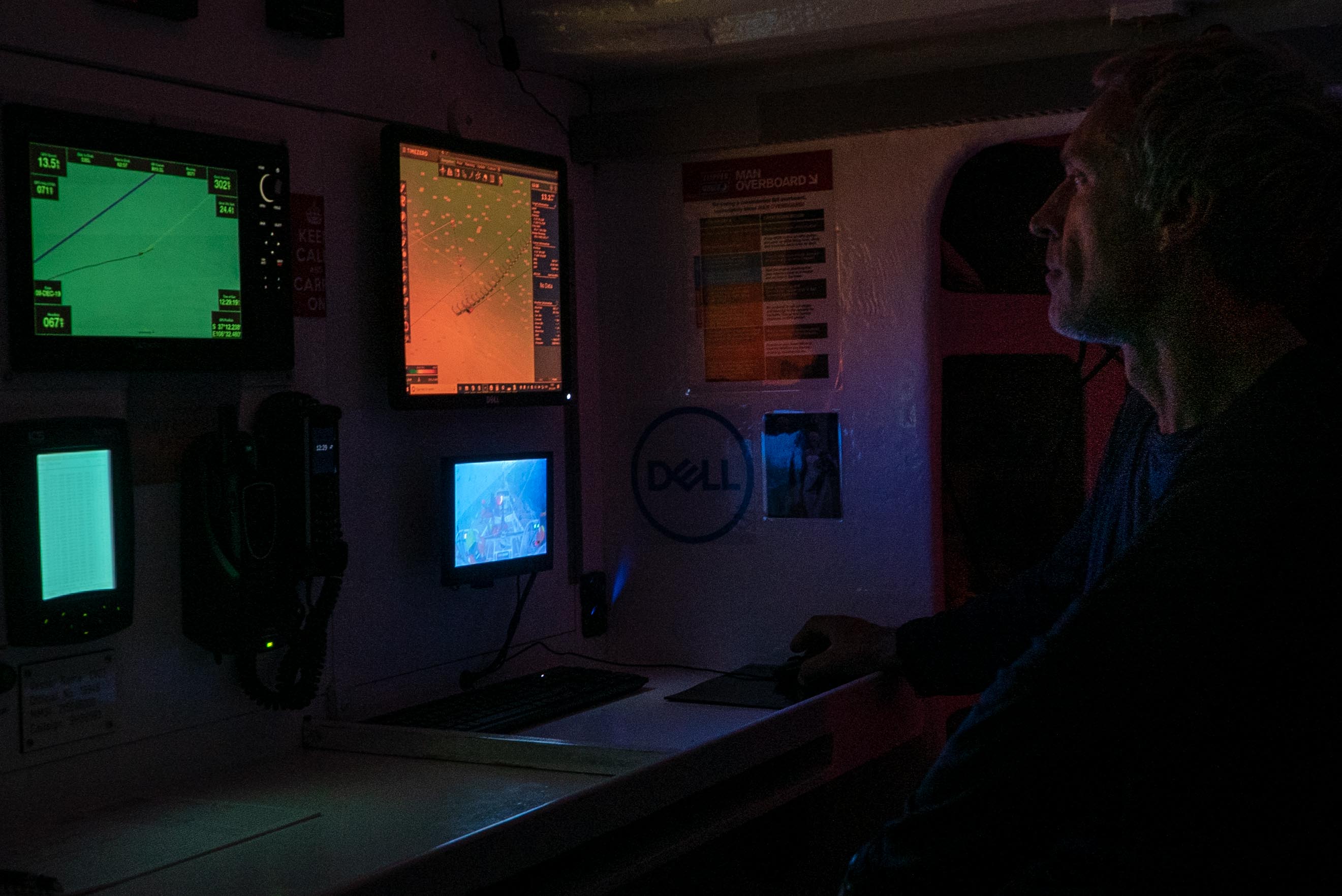
Look around and you will see lots of different digital displays. These are the instruments that show what is happening with the yacht and the conditions outside. Real time data is provided, such as GPS position, boat speed, speed over ground (SOG), heading, course over ground, true wind speed and angle, apparent wind speed and angle, depth, temperature, and so on… the list is almost endless.
Two powerful Dell Latitude Rugged laptops are dedicated for different purposes – one for navigation and one for media. The nav laptop gives the capability for advanced software to be run on board. The most valuable, from a racing perspective, is the routing software TZ Professional V4 from Official Supplier TIMEZERO by MaxSea. This allows weather information in the form of GRIB (Gridded Binary) files to be imported. Then based on the forecast conditions and the capability of the yacht (pre-installed parameters), the system will provide alternative routing choices, shown on digital charts, to be analysed and potentially used.
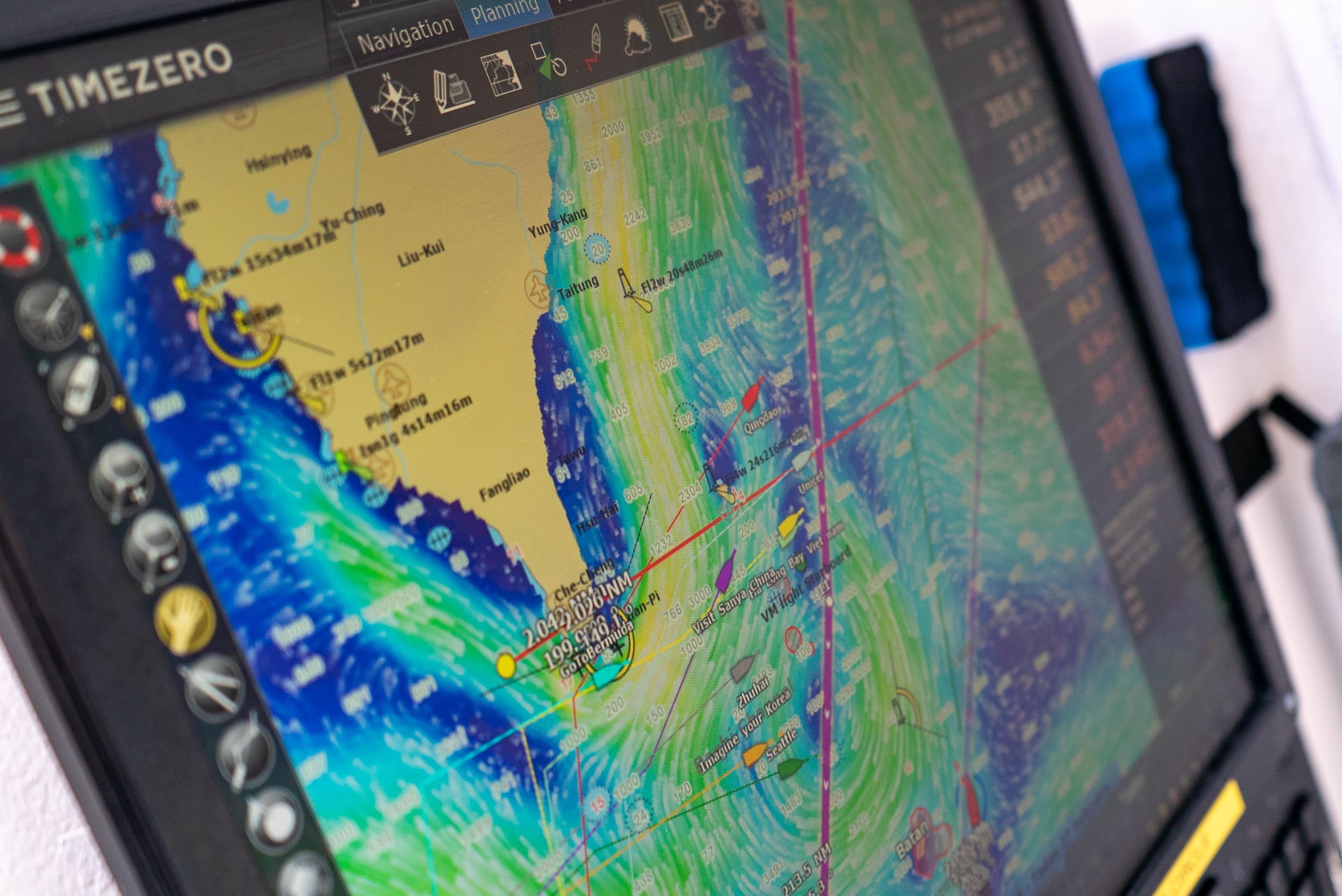
All of the yachts will receive exactly the same weather information on a daily basis, courtesy of Clipper Race Meteorological Expert, Simon Rowell, and the Race Office team. However, this is very much where the skill and expertise lie in analysing this data which can ultimately set the path for a potentially fast and tactically advantageous race. The hard task then comes in following this through and carrying out all of the sailing and operational tasks above decks, such as sail selections, helming, sail trimming, etc in order to maximise performance.

Hours spent in the nav station, pouring over data, forecasts, positional updates and other yachts performance in certain areas, can be stressful and time consuming and skippers often expend a lot of energy in this area. However, getting this right will be very worthwhile and will undoubtedly contribute to a successful racing campaign.
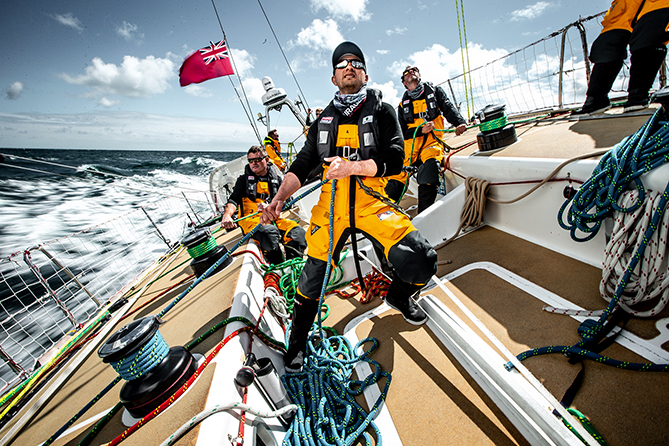
AIS (Automatic Identification System) information is received and transmitted from the yacht and this information can be overlayed onto the Garmin chart plotters below deck. Essentially, this information shows the course, speed and locations of all AIS enabled vessels in the vicinity and is vital in determining close quarters collision avoidance. In the unlikely event of a Man Overboard situation, AIS signals will be sent back to the yacht and displayed clearly on the plotters via the personal AIS beacons connected to each Spinlock lifejacket and so carried by each crew member at all times when on deck. Again, a vital and huge step forward in technology and crew safety. Of course, clipping on and staying attached to the yacht in the first place negates the need for this information to ever be used for real.
A fully Garmin equipped radar is installed and is important to help to navigate the yacht in poor visibility and at night, as well as adding to the AIS info when calculating manoeuvres with regard to collision avoidance.
1.jpg)
A back-up chart plotter adds to the navigation inventory and provides some redundancy as well as complementing the digital chart plotter installed at the port helm station on deck. The media laptop allows for a full suite of media software and the ability to save, store, compress and send spectacular imagery and video footage telling the story of the Clipper Race from on board. This helps give a real feel for the conditions experienced by the crew, to those watching the event’s progress from back home. It is often said that conditions at sea are very hard to describe unless you have experienced them, but this helps to give an insight into life on board. Satellite communications are not cheap from the middle of an ocean, as you would expect, but the ability to showcase a story or equally to get vital images and documents which may be safety or medically important, off the boat and to shore instantly, is essential.
Finally, and just the same as ancient ships, you will find the official ship’s log book. This is a record of all happenings on board in relation to the safety and navigation of the vessel. It will contain, amongst other things, an hourly record of positions, course and speed, weather information, sea state, visibility, systems monitoring (batteries, bilges), routine inspections, mandatory passage plans, watch changes, significant events (like an equator crossing) and many other details. This is not just a nice record of the voyage, like a diary, but is a legal document and must be maintained at all times when at sea. It is vitally important and should contain all of the information required to manually plot positions on the afore-mentioned paper charts, in the event of modern technology failing and the need to resort to traditional navigation methods. That said, however, it makes essential (and entertaining) reading for anyone joining the yacht and a good, clear and concise log book generally shows a well-kept, tight ship.
As you can see, there is a huge amount of modern technology on board a Clipper 70, all incorporated into the humble nav station. But, apart from all of the aids to navigation, the monitors, digital displays and advanced software, nothing will ever truly replace what every sailor should aspire to and possess – a huge respect for Mother Nature and the sea, a high degree of seamanship and skill and a full time watch on deck with the best tool of all…… the mark-one eyeball.
Join The Race